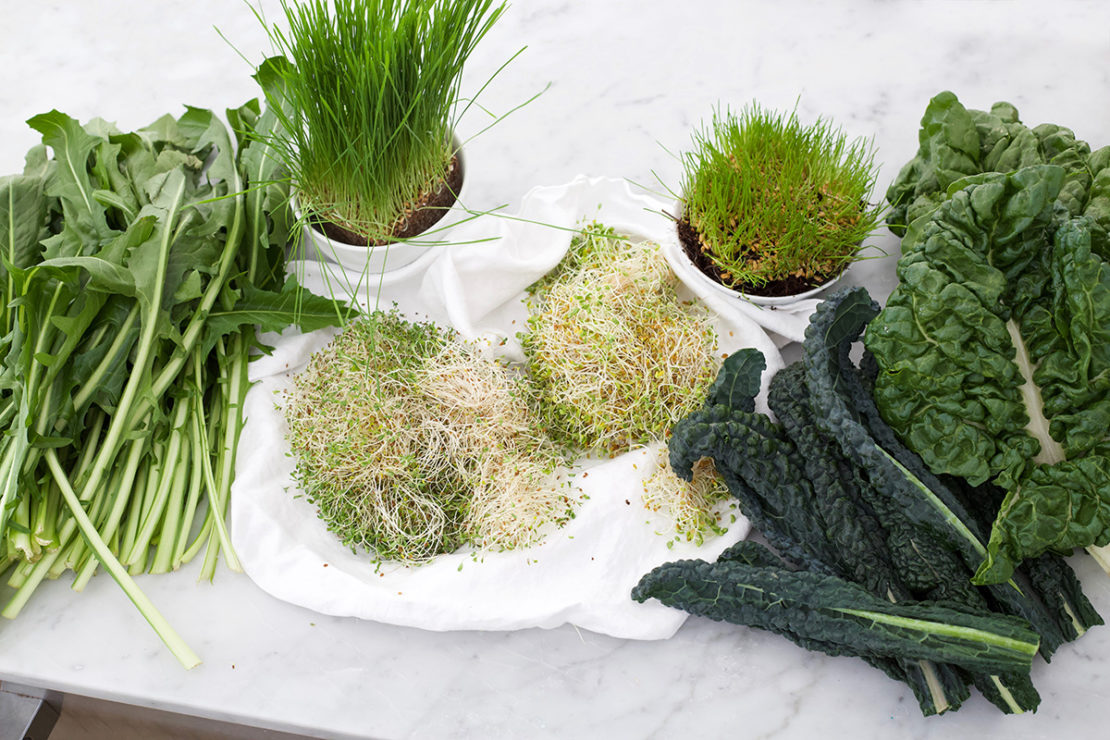
Nourishing the Blood: TCM and Ayurvedic Perspectives
Blood isn’t just platelets and plasma; it is our vitality. Blood carries the story of our ancestry. It is essential, and it is everywhere! Both Traditional Chinese Medicine and Ayurveda share a recognition that blood operates within the larger and deeper context of our being. Both these ancient systems know that blood is vital and symbolic. It is both physical and archetypical, and carries meaning beyond its movement through capillaries, veins, and arteries. In thinking about the circulatory system and the blood that enlivens it, it is vital to understand this bodily system not just for its individual components and physical function, but for its significance on a primal, symbolic level.
In my own yoga and Ayurveda practices, I have personally become more motivated to better understand the pivotal role of blood and circulation. I am fascinated by how an imbalance in blood and circulation can be intimately linked to so many other health imbalances. Since blood is all-pervasive, it follows that improving the quality of one’s blood and circulation can assist in managing and preventing a vast array of physical, emotional, and psychological imbalances. The more I learn, the more I see how deficient and/or stagnant blood is behind so many maladies. By properly moving and nourishing the blood, one can potentially ameliorate and prevent so many problems.
Traditional Chinese Medicine Perspective: An Interview With Dr. Morris
One person I knew I wanted to interview on this subject is Dr. William Morris, PhD, DAOM, RH(AHG). Dr. Morris has decades of clinical and academic experience in Chinese medicine. He is the President of 33 Publishing, and the former President, now faculty member of AOMA Graduate School of Integrative Medicine in Austin, TX. I was delighted that Dr. Morris was willing to offer a bit of his time to speak on the subject of nourishing the blood. This is a synopsis of our conversation. The answers given are paraphrased from our conversation.

Q: What is blood deficiency?
A: There are two common types of blood deficiency: low circulatory volume and low iron, as in cases of anemia. Low blood volume and deficient iron may or may not exist together.
Q: How do you detect blood deficiency? What are the signs?
A: There are a host of ramifications when the blood is low. One might see a sign or symptom, such as fainting, dizziness, and a weak, thin pulse. Some signs on the tongue are a pale tongue, pale lower eyelids, shortness of breath, and palpitations (a sensation of the heart beating in the chest or head). Deficient blood may also affect the intestinal tract, causing dry stools. One may also experience aches and malaise due to blood not moving effectively through the joints. Weak self-esteem, nervousness, anxiety, and insomnia may also be symptomatic of blood deficiency. There needs to be a confluence of signs based on what the practitioner sees and the client experiences to determine blood deficiency.
Q: What are some causes of blood deficiency?
A: There may be an inability to absorb nutrients, a loss of blood, or an inability to produce healthy blood cells. Genetic patterning, constitutional weakness, and weakness of organs and tissues can also cause blood deficiency. Our sources of nourishment are air, food, and our innate energetic capacity. If there is a compromise to any of these, then the vitality of the blood may be compromised. Digestion is also important. If someone is malnourished or not absorbing food properly, this will affect the state of the blood.
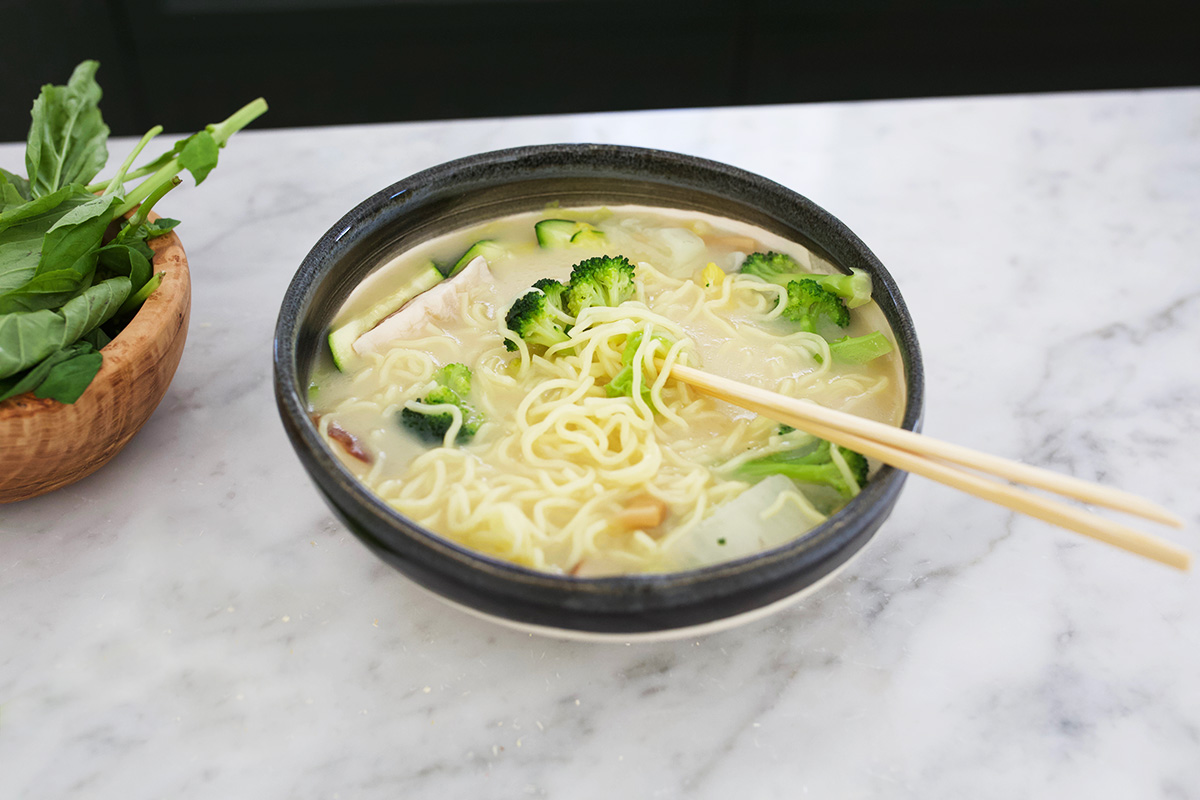
Q: How do you work with blood deficiency?
A: A classic Traditional Chinese Medicine remedy is Four Things Soup. This formula moves the blood in order to create new blood. The herb dong quai (Angelica sinensis) is also classic for moving and nourishing the blood. It is important to understand that blood deficiencies can be local and/or systemic. If there is inadequate blood supply due to stress and constriction, dong quai would be indicated.
Diet and digestion must also be considered. I ask clients what their current diet consists of. Also, you need to find out if there is some type of accumulation and stagnation in the gut that is causing deficiency. Food stagnation causes impeded blood flow. If there is accumulation and stagnation, then eating less, eating lighter foods, and eating sprouts and other enzymatically rich foods would be indicated. Sprouted grains are useful, as is hawthorn berry (Crataegus oxycantha), which is an enzymatic agent. Inadequate exercise is another common cause of blood stasis.
If there is a weak stomach pulse and weakness in digestion along with blood deficiency, herbs that boost chi in combination with herbs that move blood would be indicated. Wild yam (Dioscorea villosa) and ginseng (Panax ginseng) are helpful. Root veggies, daikon, yam, and chi tonics, such as ashwagandha (Withania somnifera) would also be indicated. Since chi is the commander of blood, one needs to strengthen the chi in order to produce blood. A classic formula for building blood and chi is dong quai boost blood decoction, which consists of ten times the amount of astragalus (Astragalus mongolicus) as dong quai. Cinnamon (Cinnamomum verum) and peony (Paeonia) are also helpful for assisting in absorption and engaging the gut tract in its ability to generate nourishment. Also, cinnamon is vasodilatory. Cinnamon is diaphoretic, meaning it helps to dilate and open channels, and thus pull fluid into the vascular system.
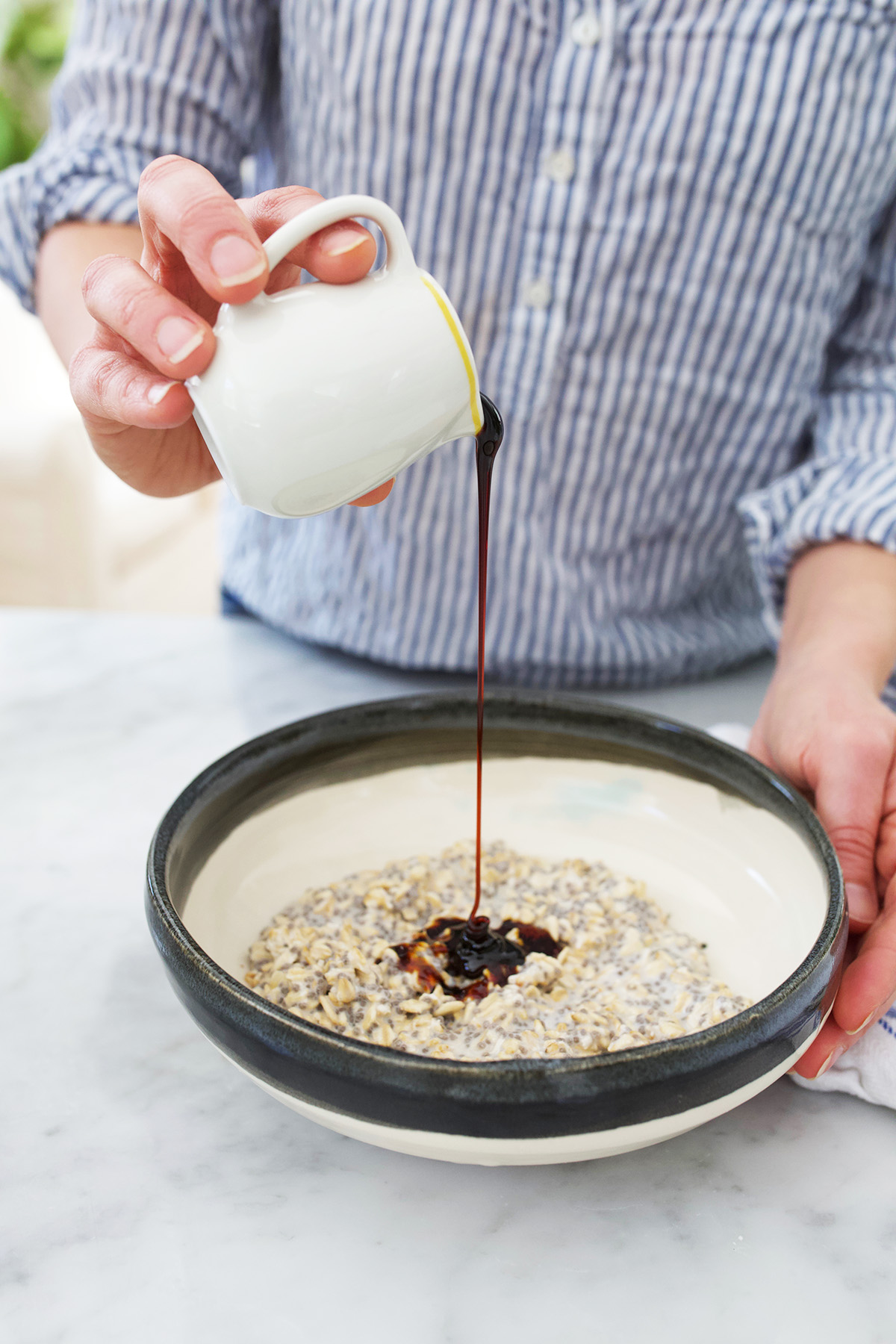
Q: How else do you address blood deficiency with diet?
A: Protein is important so this is a challenge for vegans and vegetarians. They need to solve the protein problem. Protein is hydrophilic. The way that it pulls fluids quickly increases circulatory volume. Anyone with blood deficiency needs good, clean protein that is digestible. Molasses on a cooked breakfast cereal grain is good for blood building. We want to ‘eat to taste’ in that your food should taste good and leave you feeling good after the meal. Furthermore, a tight stomach pulse means the patient is tense when they eat. Tension while eating will interfere with digestion.
Q: If blood deficiency goes unchecked, what are the potential risks?
A: To this, Dr. Morris responded with the comment, “That’s an interesting question.” He then posed this query: “What are the long-term ramifications of low self-esteem?” The long-term effects of blood deficiency relate to the long-term effects of low self-esteem, which relates to what we perceive as possible. Also, the connective tissue will not receive sufficient nourishment. There may be a compromise in terms of cognition, as well as fatigue. Fatigue affects one’s capacity to engage in all aspects of life. Fertility may also be compromised.
YIN AND YANG
Some final notes from Dr. Morris that I found particularly compelling were the relationship that he described between yin and yang, and how this relates to working with the blood. Blood deficiency will often result in excessive coldness. However, if someone is cold, Dr. Morris explained that you don’t necessarily want to give them exclusively warming herbs. Though yang is like the dry, sunny side of the hill, and yin is the cool, shady side, it is important to give a little yin to help transform the yang. Thus, herbs and foods that promote yin may be taken along with yang-promoting herbs and foods. Even if yang needs building, yin is needed to transform the yang.
Also, Dr. Morris greatly emphasized the archetypal significance of blood. He commented that blood is ceremonial. It relates to ritual and ancestry. When blood is depleted, there is a strong impact on the psyche.
Furthermore, as an Ayurvedic practitioner with limited knowledge of Traditional Chinese Medicine myself, I noted how similar the TCM and Ayurvedic approaches are. Though some of the herbal formulas may differ slightly, there is a shared approach in understanding the underlying cause of blood deficiency, as well as emphasis placed on digestive functioning and how we receive nourishment.
To learn more about Dr. Morris’s work, you can check out his books, such as TCM Case Studies: Dermatology, Transformation: Treating Trauma with Acupuncture and Herbs, and upcoming Cycles in Medical Astrology: Revolutionary Tools for the Practitioner. You can also learn more about his work at www.pulsediagnosis.com.
(Dr. William Morris, personal communication, February 15, 2018).
Ayurveda And Nourishing The Blood: A Conversation With Leah Kaplan, CAS
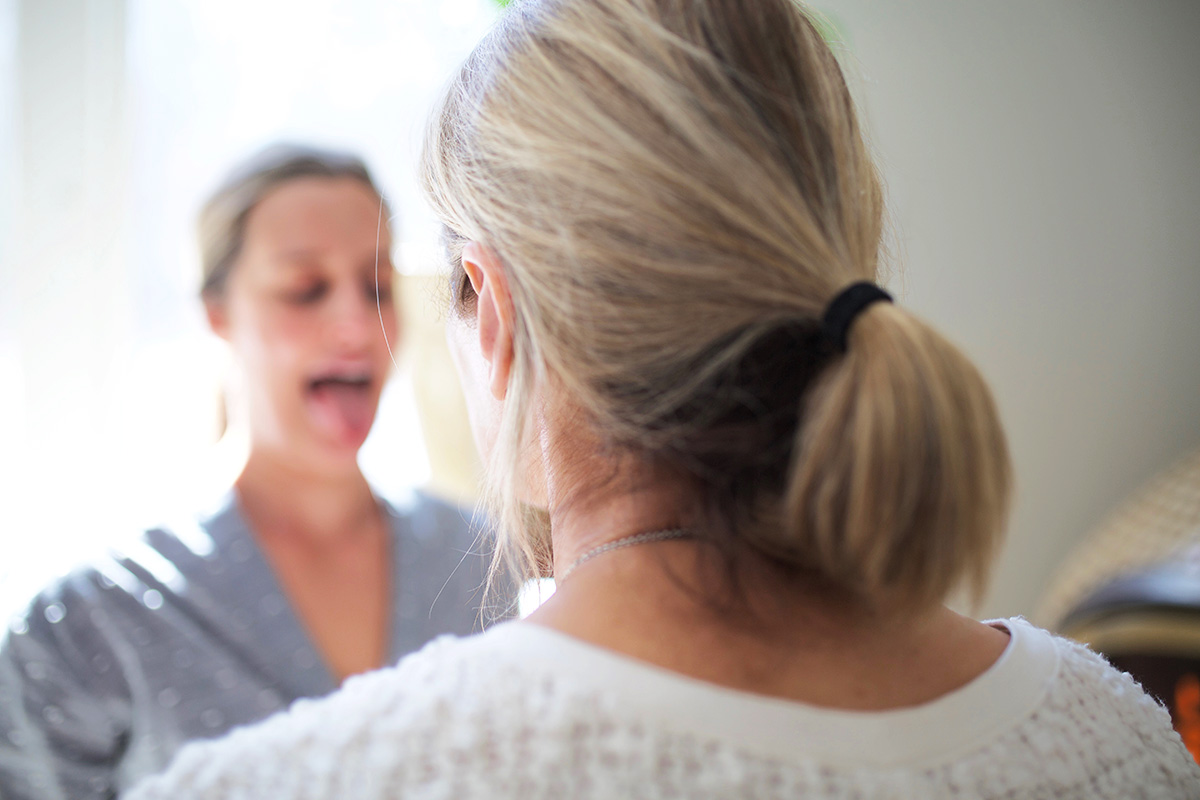
To examine the Ayurvedic approach for understanding and working with blood deficiency, I had the pleasure of speaking with Leah Kaplan, Clinical Ayurvedic Specialist. Leah is a former Intern Supervisor with the California College of Ayurveda and also served as an Ayurvedic Consultant for the NuPower Yoga Nutrition Program. She currently runs her own private practice, Thunderbolt Ayurveda in Petaluma, CA and sees clients in person as well as worldwide over Skype. This is a summary of our conversation. Her answers are paraphrased from our conversation.
Q: How do you detect imbalances related to the blood and/or circulatory system?
A: One of the signs is cold hands and feet whether or not the rest of the body has enough heat. Chronic fatigue is also a symptom. This indicates a lack of tejas. (Tejas is the purest form of pitta. Healthy tejas is expressed as a good sense of discrimination and a healthy level of zest and fire). If the skin looks pale and lacks luster, this indicates an insufficiency in the blood.
When there is heat in the rest of the body, but the hands and feet are cold, this may indicate that blood is trapped in the liver.
When I see people who have cold extremities but heat in the rest of body, I work with the situation like there is heat available, but it is trapped in the liver. One of the many functions of the liver is blood cleansing. The liver may be sluggish or backlogged, so to speak. In this case you need to give herbal, dietary, and lifestyle support to move the blood and free the liver.
One way to help stimulate a sluggish liver is to take about 2 ounces of aloe juice with ½ teaspoon turmeric 2x/day. This is a gentle liver cleanse. The practitioner could then add a liver tea to the protocol to get a stronger effect, such as a combination of rose (Rosa rugosa), hops (Humulus lupulus), fennel (Foeniculum vulgare), gotu kola (Centella asiatica), and burdock (Arctium lappa). In this case one would start with one cup of tea per day, and gradually increase to three cups per day. The practitioner could decide to use the Ayurvedic herb kutki (Picrorhiza kurroa) as well if a stronger effect is needed.
Ayurvedically, we always start with digestion. Look for bloating, gas, and any signs of imbalanced agni. Start there. If you don’t start there, blood cannot be formed.
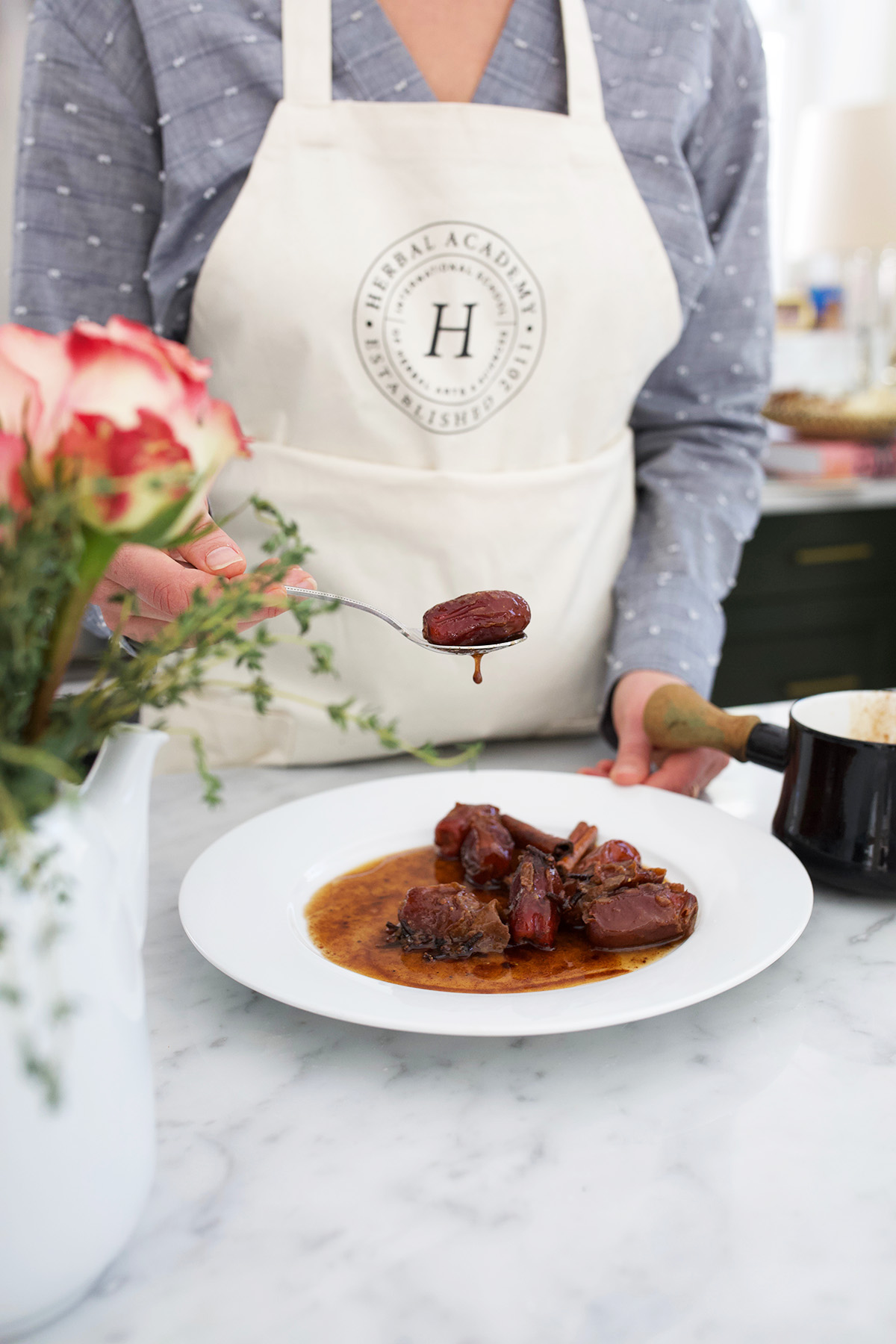
Q: What are some helpful foods for building the blood?
A: Dates soaked in ghee with spices are great for building energy. Also, blood-colored foods such as beets and pomegranate juice are helpful. In some cases, iron supplements are appropriate. (Leah mentioned Gaia Plant Force Liquid Iron as a brand that she has worked and likes, because it is vegetarian and non-constipative).
If there is overall dryness and depletion, work with building ojas, which translates as ‘vigor’ or ‘prime energy of the body’ (Frawley, 2000). Healthy ojas gives rise to a strong immune system and an overall sense of contentment and resilience. In this case, add more juice and water to the diet. Licorice (Glycyrrhiza spp.), shatavari (Asparagus racemosus), and other demulcents are also indicated to help build blood volume. Cinnamon (Cinnamomum verum) is a good blood mover. The client may take cinnamon in capsule form, anywhere from 2-10 caps per day depending on the needs and constitution of the client.
Q: What are some causes of blood deficiency and/or circulatory problems?
A: Blood deficiency usually relates to a pitta or vata blood imbalance. Some factors to consider are: does the diet have nutritional holes and is the client overly dry, revealing a vata vitiation? Dryness can be expressed on all levels…a lack of ‘juice’ in one’s life as well as dry tissues. Circulation and the health of the blood is key to every part of the body. A lack of oxygen can lead to arthritis, edema, and a number of issues. If there is blood deficiency, the fatigue will only get worse over time. One measure of the state of vitality is when the client exercises, do they feel better or worse? If s/he feels more tired after exercising, then s/he doesn’t have the circulation to support that activity and the blood needs to be nourished.
Also, the practitioner may look at menstrual history. Has the menses been heavy for a long time? This can result in blood depletion.
Q: What are signs of improved blood balance?
A: When the initial symptoms of blood deficiency and/or stagnation are no longer present. Some indicators are consistent energy day-to-day, a healthy menstrual cycle, and absence of any heat imbalance (e.g., cold hands and feet and heat in other parts of the body).
Q: In Ayurveda, there is something called ojas, which is the most subtle form of kapha, and gives rise to an overall sense of contentment and vitality. How do you as a practitioner differentiate between blood deficiency and low ojas?
A: Ojas is the essence of pure kapha at its highest state. Blood is really related to pitta dosha. Are we looking to calm, build, or balance the fire element? Or are we looking to build kapha? However, the vitality of the blood will be necessary in building ojas. In this way the two are linked.
(Leah Kaplan, personal communication, February 20, 2018).
Closing Thoughts
My conversations with both Dr. Morris and Leah Kaplan, CAS, reminded me of the great wisdom and depth of knowledge encased in Traditional Chinese Medicine and Ayurveda. I was delighted by the perspectives that both practitioners offered in terms of viewing the problem of blood deficiency on the causal level, such as addressing digestion, absorption, menstrual patterns, and sources of nourishment. It is quite interesting that both traditions address the psychological ramifications of blood health. Vibrant, healthy blood isn’t just about the physical constituents. It correlates to our self-esteem, vitality, juiciness, and zest for life.
We cannot ignore the quality of our blood. It is essential on all levels and pervades all aspects of our body and being. Fortunately, through these deep traditions, we have tools for understanding, nourishing, and balancing our blood, our life juice, and thus our very ability to live a vibrant life.
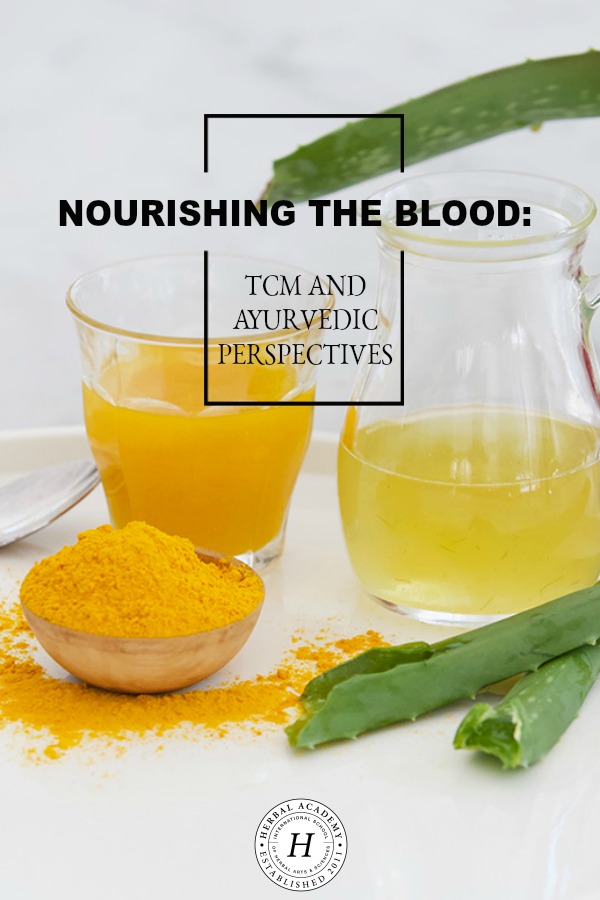
REFERENCES
Frawley, D. (2000). Ayurvedic healing: A comprehensive guide. Twin Lakes, Wisconsin: Lotus Press







